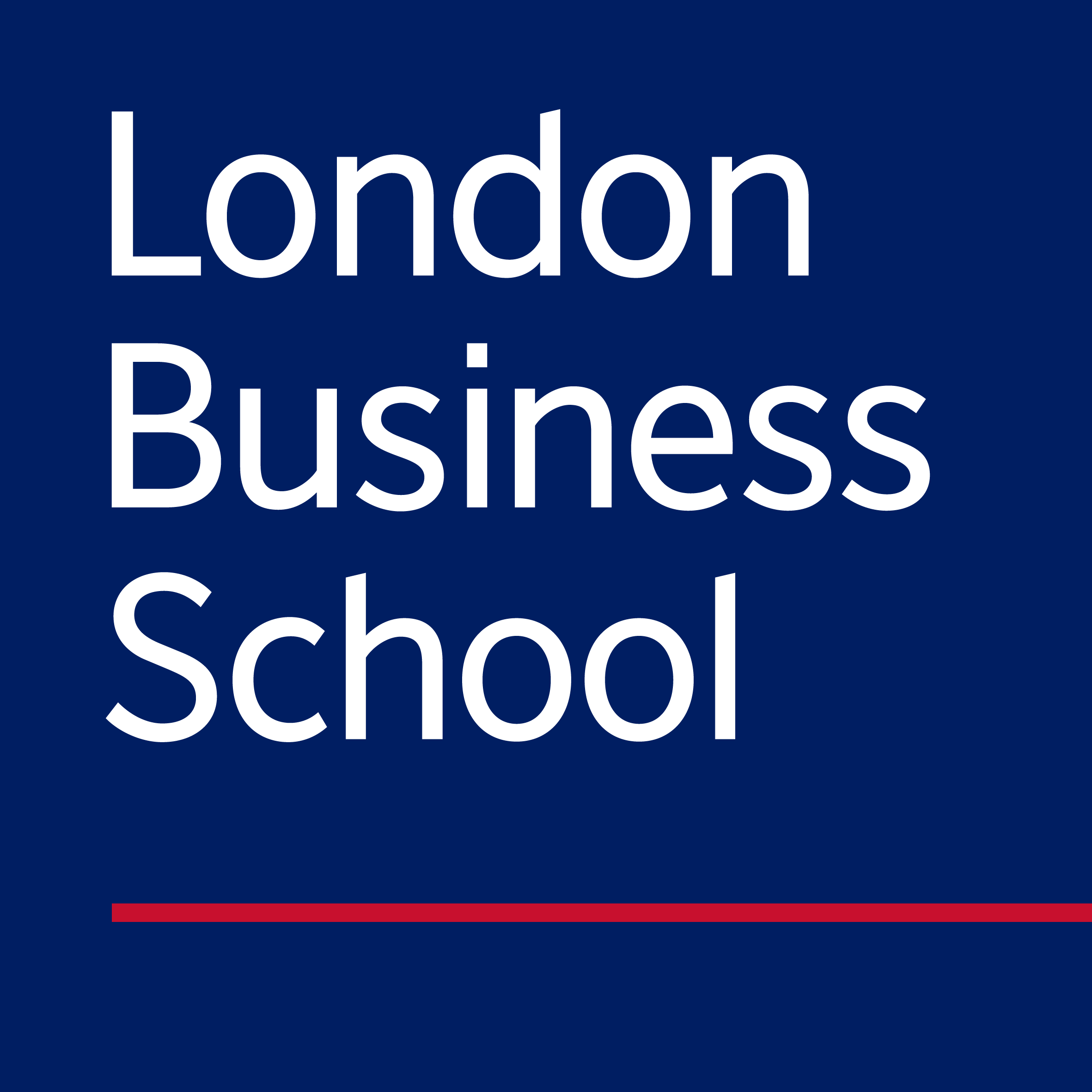![]()
| To develop mastery, students must acquire component skills, practice integrating them, and know when to apply what they have learned. |  |
Let’s start this section by putting yourself in the driving seat. Think back to when you first learnt to drive. No doubt you were used to being a passenger in a car and had no idea just how many skills you needed to master in order to become a competent driver. Then, you sat in the driving seat for the first time and became aware of just how many things you needed to remember; the pedals, gears, checking your mirror, steering. Next, in an empty yard you tried combining these skills together, until you could change gear without bunny hopping. Finally, with your heart pounding, you were let loose on the road. Suddenly you needed to be able to change gear, steer around objects and people, read signs and navigate. It was hard work and you were probably pretty tired by the end of each driving lesson.
But how about now? Assuming you have been driving for a few years, when was the last time you gave any conscious thought to changing gear? Not only do you do all this unconsciously, but you are also able to adapt your driving to meet the changing conditions of the road, traffic and weather – you’ve mastered it!

- Learn how to use pedals, gearstick, mirrors, steering
- Memorise road signs and rules
- Learn to change gear
- Learn how to drive on the road with other cars
- Adapt driving to the road, traffic and weather conditions
Our job is to help design learning experiences that take our students on a journey from unconscious incompetence to conscious competence. By helping them: acquire the component skills, practice integrating them and know when to apply them.

this than I realised
eyes closed
I don’t know
hard work
But, it’s harder than you might think. Remember in Principle 2 we looked at the way experts organise knowledge. The very success of our knowledge structures can make it hard for us to break down what we know and why we do what we do, leading to an expert blind spot (Nickerson, 1999; Hinds, 1999; Nathan & Koedinger, 2000; Nathan & Petrosino, 2003).

KNOWLEDGE
STRUCTURES
BLIND SPOT
- Highly interconnected knowledge structure
- Knowledge organised into larger conceptual chunks
- Cross referencing between areas of knowledge
- Highly flexible and adaptable
- Fast retrieval
- Recognise meaningful patterns
- Find it hard to break down skills into
- component parts
- Take short cuts or miss out steps
- Underestimate time for students to learn and perform tasks
- Overestimate students' ability to see patterns and connect different areas of knowledge
In order for us to help students learn, we need to find ways of moving ourselves from unconscious competence to conscious competence.

BLIND SPOT
So how do we do this? We need to become consciously aware of the three steps students need to follow to lead to mastery.
Let’s look at each of these in turn and some of the strategies you can adopt.

COMPONENT
SKILLS

Keep asking yourself the question “what do students need to know and be able to do, to perform this task”. For each answer you come up with, ask the question again, so that you drill down through the layers to reach a granular set of knowledge and skills that are needed.
Involve others in the course design and material review and task decomposition.
See if there is a published work that already breaks down the task analysis that you can use.
Help your students manage their cognitive load by clearly communicating your goals and priorities for the task you need them to complete.
Decide whether students will practice the task in isolation or as part of a larger context.
Find out if students have the required prior knowledge to complete the task. Remember we looked at strategies for doing this in Principle 1. If you find that students are missing skills or that they are weak, create opportunities for them to practice this skill in isolation, before asking them to complete tasks that involve integrating component skills.

INTEGRATING
SKILLS
This step in developing mastery is about giving student time and opportunity to practice integrating component skills to develop fluency. Remember, this is cognitively demanding for students! Let’s look at how you help.

Give students practice to increase fluency
Remember as students become consciously competent, it’s still a high cognitive load. Give them practice so that they can become faster and more fluent in using their new skills. It’s a good idea to explain this to students. If we think back to the driving analogy, it’s important that a driver can change gear quickly to respond to a situation on the road. We can therefore explain Why it’s important to practice the skill of gear change until it becomes fluent.
Temporarily constrain the scope of the task
We can help reduce the cognitive load for a student by temporarily asking them to practice one part of the task in isolation. For example, we might have our novice driver practice reversing in a straight line several times, before asking them to perform a three-point turn.
Explicitly include integration in your performance criteria
Integration is a key step towards mastery, so it’s a good idea to reflect this in your course and assignment rubrics.

TO APPLY
SKILLS
This step in developing Mastery is all about helping students develop a deep understanding of the underlying principles, see meaningful connections and be aware of how to apply them in a range of different contexts.

Don’t assume that because students have learned a skill they know when to use it. You need to be explicit about when they can use it and give them practice at making this decision for themselves.
Give opportunities to practice applying skills in several different and diverse contexts.
- Ask students to generalize to larger principles
- Use comparisons to help students identify deep features. This can mean looking for differences between features that on the surface look the same. Or looking for underlying patterns in features that look similar on the surface
- Use scenarios and case studies that give a context and ask students to identify relevant skills or knowledge
- List the skills or knowledge and ask students when and where they can apply them
- You can help students form connections between knowledge with simple prompts. Like “remember we looked at how to help student’s make meaningful connections as part of principle 2 on knowledge organisation”.
- You need to avoid your expert blind spot and become consciously aware of all the knowledge and skills that a student needs to develop.
- Don’t underestimate the amount of time students need to learn component skills and be able to integrate them. Make sure you allow time for lots of practice.
- We need to help students apply and transfer their new learning. To do this they need a deep understanding of the underlying principles, see meaningful connections and be aware of how to apply them in a range of different contexts.
